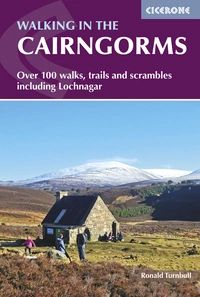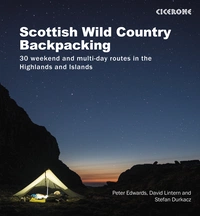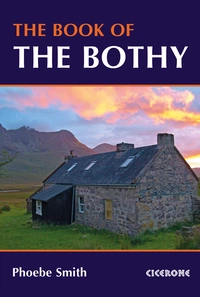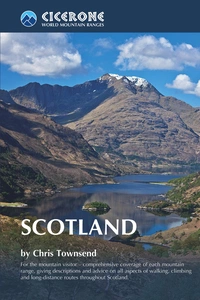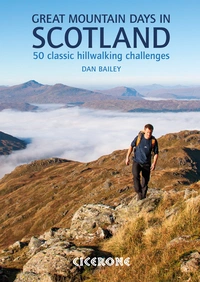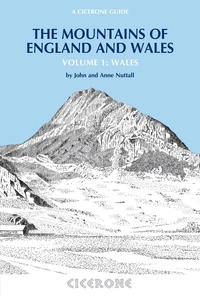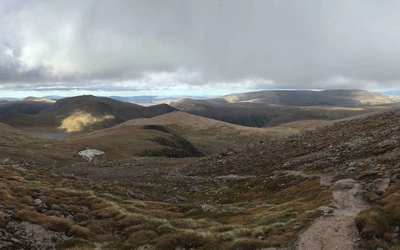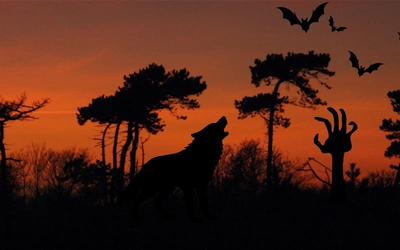Autumn in the Cairngorms
If somebody suggested you go and sleep under a wet rock in Scotland you’d probably think they were trying to insult you (albeit fairly lamely). Yet doing just this can provide one of the most vivid mountain experiences the UK has to offer – as Dan Aspel discovered on an autumn trip to the eastern Highlands.
By British standards the Cairngorms is a vast range. Larger than Snowdonia and the Lake District combined, the Cairngorms National Park contains five of the six highest mountains in Britain (only Ben Nevis bucks the trend) and – thanks to the expanse of plateau clustered around these peaks, all of it above 1000m (3280ft) – it contains our only swathe of arctic landscape. To put that in perspective, the Cairngorm’s latitude of 57°N puts them as far north as Russia’s Kamchatka Peninsula and Alaska’s Kodiak Island. The lowest temperatures recorded on our shores have been in this cold and beautiful place (Braemar has hit -27.2°C twice, in 1895 and 1982), with wind speeds to match: anyone who’s struggled to stand up in a ‘mere’ 50mph can contemplate an unverified 194mph gust recorded on Cairn Gorm in 2009. What better place to visit for the adventurous outdoors person?
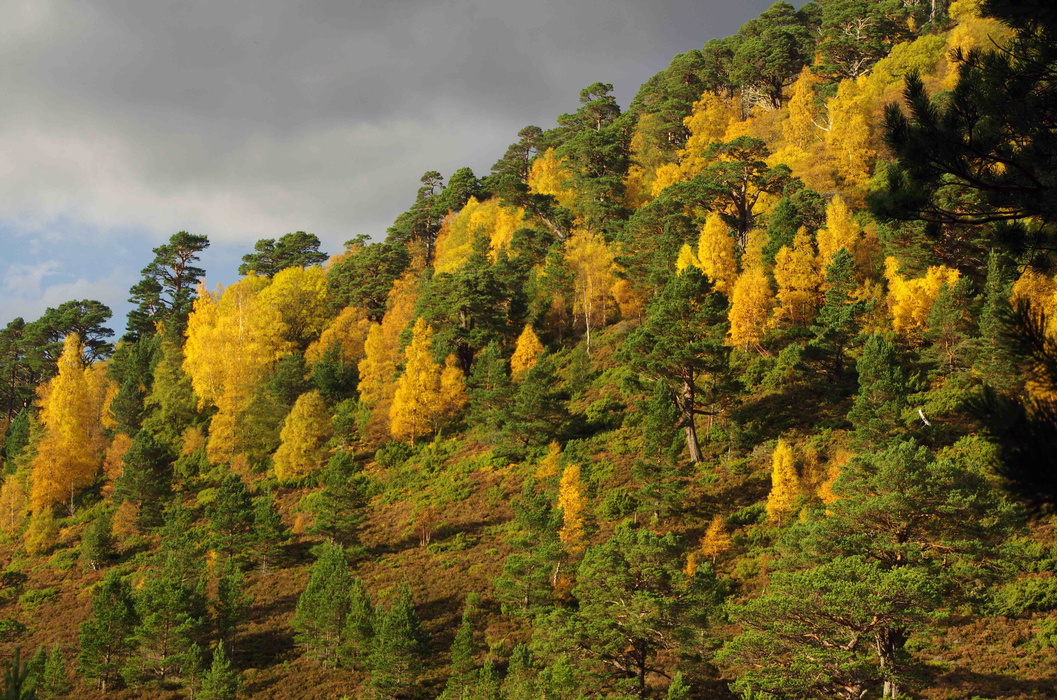
Adventure planning
That was what myself and friend/peer/rival Dan Bailey thought as we spread a Harvey map of the region across his dining room table one evening at the end of last October (2015). We pored over the details, tracing fingers along waterways, around the craggy edges of broad mountains and through the defiles of needling passes.
With an incredibly specific prediction of a workable weather window, we needed a plan that would avoid the worst of the wind and rain, keep us out overnight and put us in a strong position from which to explore this arctic wilderness the following day. There was only one option – and it seemed that neither accident nor design could have found a finer one. So we took it. We planned to approach the summit of Ben Macdui – the National Park’s high point, at 1309m (4300ft) – from the north. Trailing down through the narrowing pass of Strath Nethy, we’d aim for the shores of Loch A’an, find a suitable place to bivvy at its head and then climb up onto the big peak as the weather (hopefully) began to ease the next morning. Then we’d make our way back over the shoulder of Cairn Gorm, down past the ski centre and return to our car.
The big advantage of this route came in the shape of the Shelter Stone, a vast boulder tens of metres high sitting in a rubbly corrie at the western end of Loch A’an. Having separated from the mountain and fallen into a decidedly convenient position on top of smaller, neighbouring rocks, it houses beneath it a cave-like hollow large enough for a handful of people to crawl inside and sleep. Unknown to the majority of the world, to climbers, walkers and other lovers of Scotland’s wild places it’s a local celebrity and a lifetime tick that has to be added to any serious outdoor CV. Neither Dan nor I had spent a night beneath it. This would be our chance.
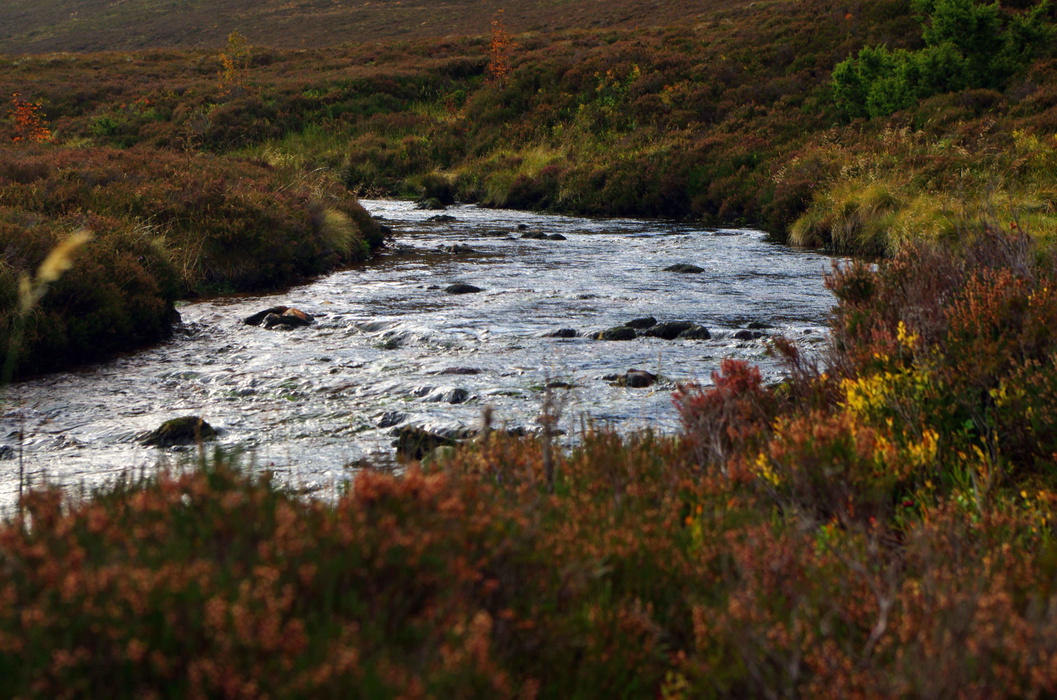
The Shelter Stone
If you haven’t visited the Cairngorms, or you haven’t visited them in the autumn, then I hope the pictures give some impression. The rugged greenery of the National Park begins to turn into vibrant yellows, ruddy coppers and watery ochres, all offset against pines whose evergreen colours seem to deepen in comparison, and dark and rain-slick crags that shine in the low light and the muddy off-white of the hard, surviving snow patches.
By the time we’d passed the scenic spot of Ryvoan bothy – near the delightful pool of An Lochan Uaine – and swept around large watery spaces into the folds of Strath Nethy, we’d already seen the whole range of these colours. A good thing, as the clouds – at first nothing more than white caps on the distant hills – had swept in quickly as we turned south. Soon a fine, warm drizzle obscured the sky and deadened all sound. By the time we’d made it to the Saddle about Loch A’an the views were measurable in tens of metres, rather than hundreds or thousands. Approaching the loch’s western end we worked our way down to the water’s edge, and once past began searching for the Shelter Stone. This isn’t the easiest of tasks, as it’s just one of a series of oddly shaped monoliths in a large field of tumbled and broken boulders – and there are signs that visitors have bivvied or made camp beneath more than one of the neighbouring overhanging rocks.

However, once found it’s clear that you’ve come to the right place. Having been augmented, fashioned and improved by generations of visitors, the entranceway to the Shelter Stone certainly appears manmade. You’ll have to duck to enter, but a stack of stones marks it as a human place, and once within the darkness you’ll see further signs of life. Stones, rocks and old pieces of fabric have been piled up against the various cracks between the Stone and its base in a mostly successful attempt to keep out the wind. There’s about as much room as a double garage, half of it so low that a full-grown adult can’t stand up without stooping. The lower half of the ‘roof’ also collects rainwater and condensation, dripping down onto the least roomy section of the cave when the weather isn’t favourable. For that reason, Dan and I pulled out our roll mats, sleeping bags and bivvy bags and set them up close by one another in the taller, drier half of the shelter. A discarded piece of plastic tarp formed another welcome barrier between us and the ground. The world outside becoming increasingly unwelcoming, we soon had head torches on, stoves fired up and clusters of tea lights flickering in the most wind-protected corners. It almost felt like home: which, for the next 12 hours, spent for the most part huddled in the warmth of our individual beddings, it was.
Cairngorm tundra
The next day, after the deep kind of rest you can only get when there’s plenty of fresh air and no windows to shut, we were up and out. The world was still deep grey and raining, just as the forecast had promised. We climbed upwards and south-westwards, breaking off the path to explore the snow cave in the pictures. This spot is well-known for its long-lying snows, with patches often surviving throughout the summer and into the following winter. Cairn Gorm and Braeriach, among others, boast their own high and north-facing points too, but in the autumn of 2015 this cave was in excellent form. Waters flowed through and beneath it, while a ceiling of hard and patterned whiteness made for a fascinating diversion.

Scrambling our way out of the cave we made our way towards the summit of Ben Macdui. The weather, fortunately, continued to obey the forecast and it wasn’t long before the cloud was thinning and the day brightening, but this didn’t mean an accompanying rise in temperature. As we neared the 1300m (4265ft) mark the cleansing winds – which were responsible for shifting the rain clouds – began to pull at us more pronouncedly. Never gusting, they were simply consistent, and layered up in full winter gear it was still not a situation that you’d like to find yourself in without the exertion of moving upwards to keep you warm. With wind chill well below zero, removing a glove was not something that could be done for more than a few moments.
Near the summit we pulled out an emergency shelter and huddled inside, eating some dense food and getting ready to explore the summit before making our way down to a warmer world. Once outside the views had become clearer still, with the peaks of Braeriach and Cairn Toul to the west filling the near horizon with jagged definition. Ben Macdui’s 90 year old summit indicator, rich with a weather-beaten patina, reeled off the distances to all the surrounding peaks, giving a vivid impression of where we lay in relation to the rest of the Scottish wilds. Despite the chill it was difficult to leave a place with such defined and thrilling views, and it was unwillingly that we eventually dropped north again.
As the sun began to sink low the oranges and blues of the watery col before Cairn Gorm drew out to the full, delaying us further from our descent back to sea-level comforts: but it was worth every moment we could spend there and still keep our core temperatures up.
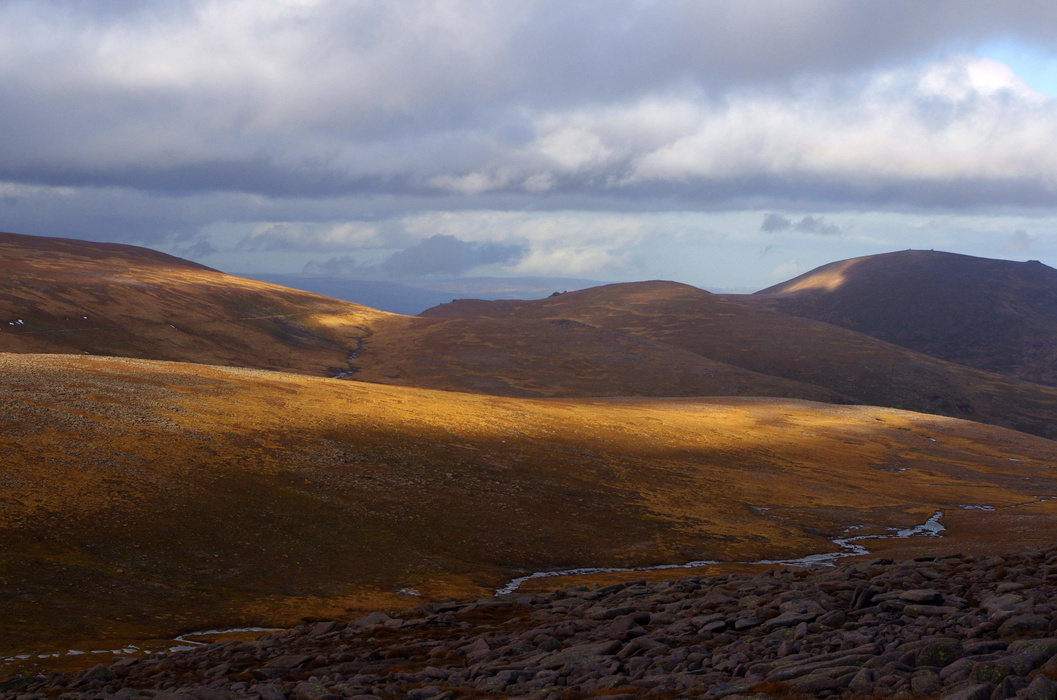
Descending the steep scree path that cuts in the winter training heartland of Coire an t-Sneachda – complete with distant views over the greens of Glenmore Forest – it was arresting how quickly the ambient temperature began to rise. Although the heights in the British hills, which never rise above 1344m (4410ft), might not seem impressive on a global scale that doesn’t mean that different worlds can’t exist within that range. Even at 1000m, looking back at the crags, buttresses and gullies at the corrie’s head, the lack of wind and the presence of warmer air was noticeable. By the time we’d reached the ski centre at around 640m (2100ft) we’d stripped off shells and fleeces and were down to baselayers. The walk back down along the waters of Allt a’ Choire Chais and Allt Mor felt balmy and rich with life, like the cool late autumn’s eve that it was.
The high plateau above us, of course, couldn’t have felt more arctic in comparison. And that’s the unique character of the Cairngorms, even in the last days of the summer calendar. It’s harsh and bright and wild and indescribably beautiful: and unlike any other landscape in the UK

